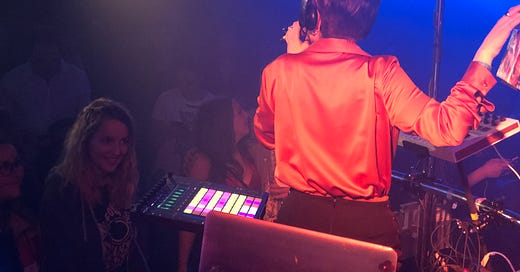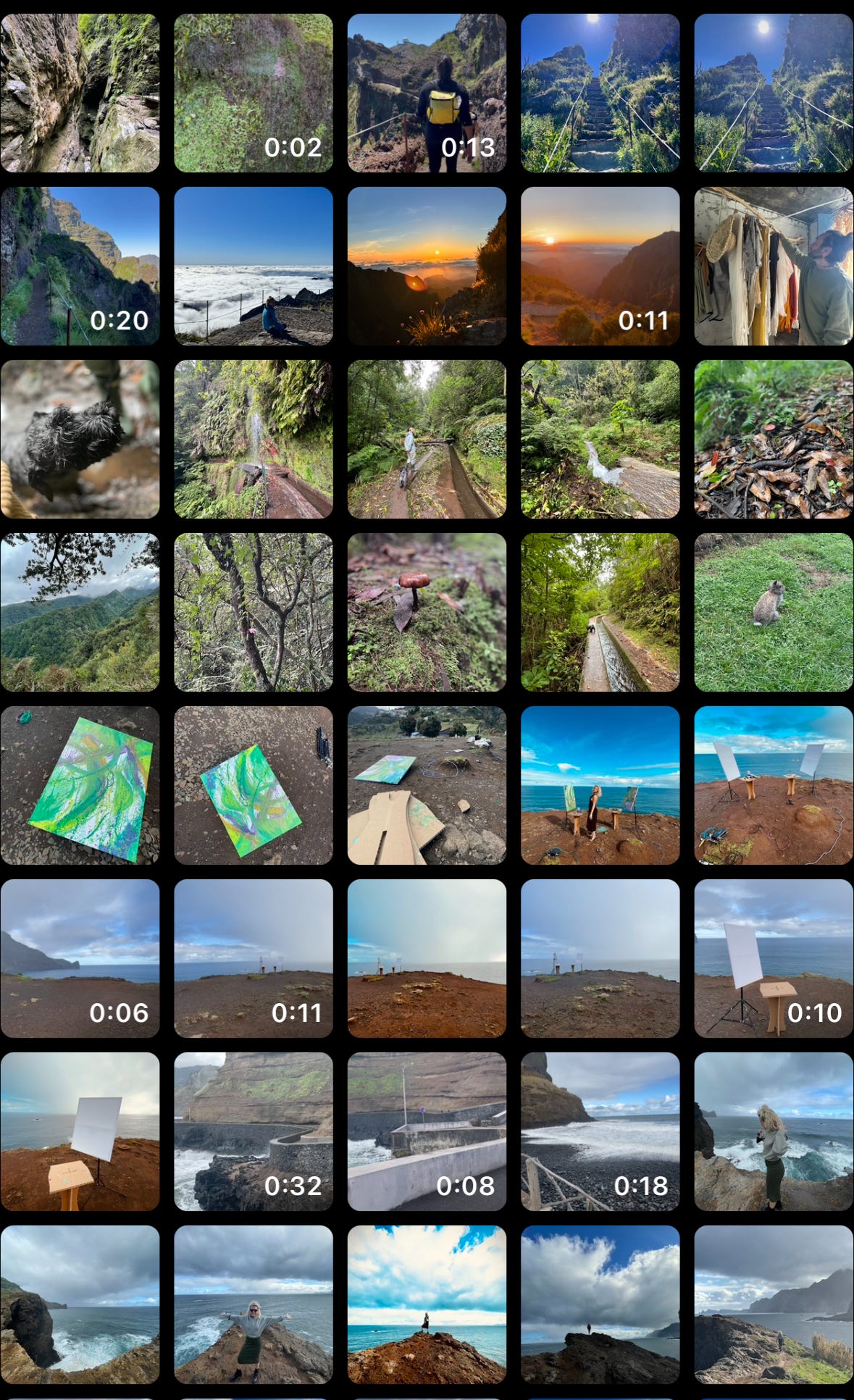Before you read this newsletter, make sure you’re up to date with Part 1!
As we dive into Part 2 of “How to survive as a full-time artist on an island” I want to acknowledge that my journey is still ongoing, and who knows what the next step will be.
When I arrived in Madeira, I immediately loved it. It seemed like a vibrant place full of opportunities: digital nomads working out on the beach at sunset, small art galleries selling to tourists, incredible jungles and waterfalls, a crystal-clear ocean, and a sense of community like never before.
This is still true, but let’s analyse the pros and cons of being an artist on an island:
Pros:
You can be known: There are only a few resident full-time artists in Madeira, each with their own distinctive technique and personality. It’s not difficult to walk down the street and meet other artists or even be recognised by locals.
You can relieve yourself of city living costs: The cost of living here is somewhat lower than in many other European cities, which means you can be an artist without having to juggle multiple jobs or sell a crazy amount of art just to pay the rent.
Nature will inspire you: It certainly worked for me—I’ve always loved nature, and here, I found myself incredibly happy! If you don’t stay in the main village, Funchal, you can be in the middle of the jungle in just 30 minutes, surrounded by waterfalls, breathtaking views, high mountains, and strong winds that nurture your imagination and creativity. As we know, creativity flourishes when our minds are free from constraints.
Quality of life is higher: You have access to fresh, healthy food. The products in the supermarket are genuine and fresh, and if you live in the mountains or higher up in the island’s more authentic areas (Funchal is mainly for tourists), you can enjoy everything your neighbours (or yourself) are growing—it's priceless.
Having a studio is easier: You can easily adapt a room in your house or convert an old "palheiro" into a studio without paying exorbitant rent. This allows you to paint, create, and fully dedicate yourself to your practice in order to sell your work.

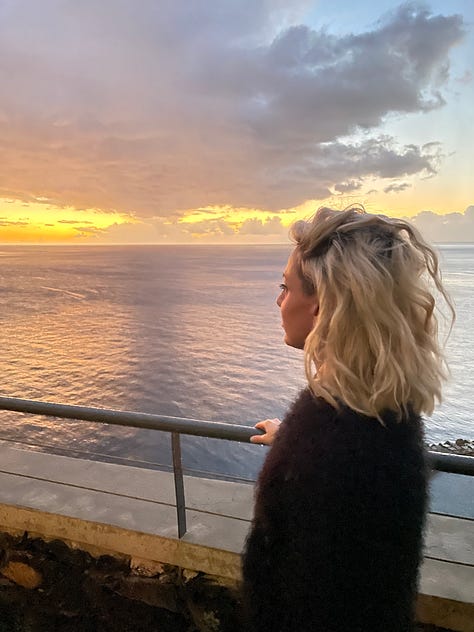



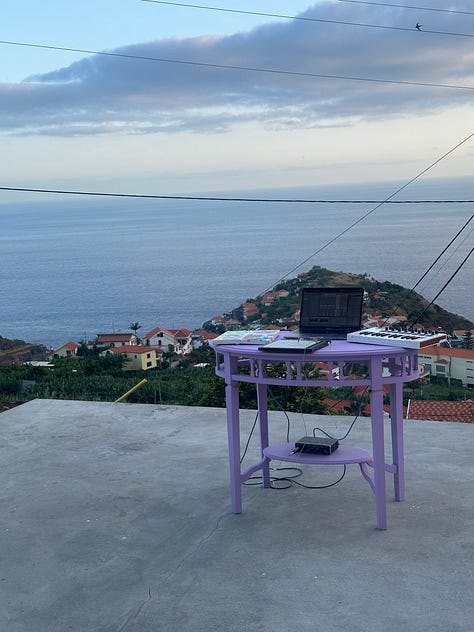
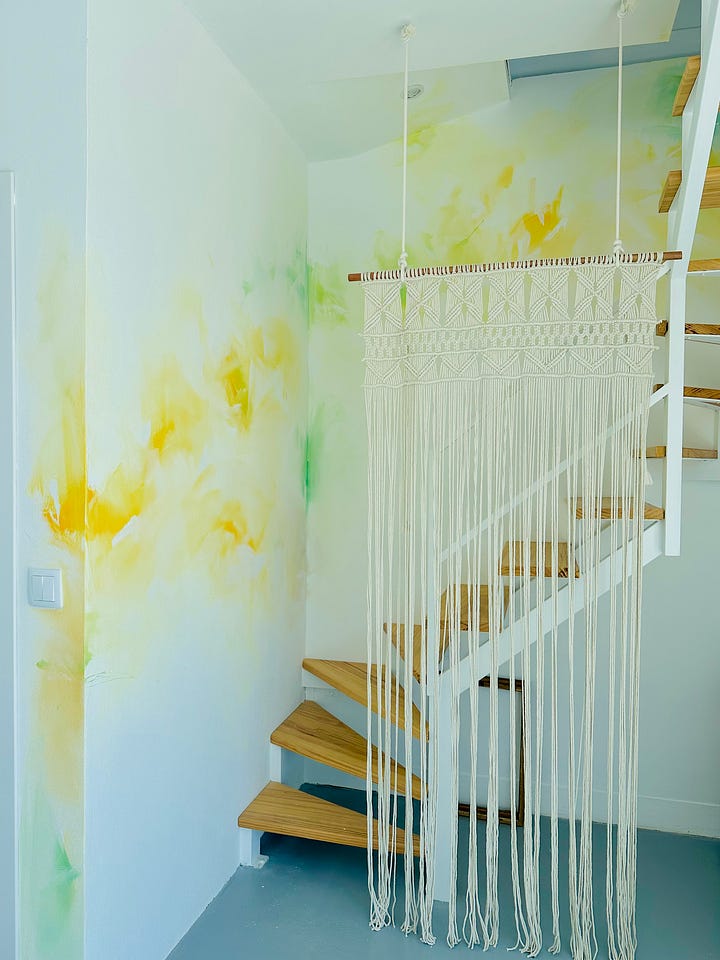

Cons:
The mentality can be narrow: While the locals seem very open and welcoming—and they genuinely are—there's a certain fear when it comes to diversity and mixing things up. I see efforts to provide opportunities for Portuguese and island youth, which is great and fair, but in the art scene, it's essential to have external influences and stimuli in order to grow. Unfortunately, it seems that the same individuals often take all the opportunities, saturating the scene with similar music and visual identities. I studied Portuguese (and I’m now able to have a conversation about my job and more) to connect more with the locals and to help organisers and people from institutions communicate comfortably in their native language—because expressing oneself in a non-native language can be challenging. However, I feel that after an initial appreciation, there’s still a "preservation mode" at play that prevents the island’s art scene from becoming as rich and diverse as it could be.
Limited artistic presence: You often see the same artists. The island is a place where many come because it’s a paradise for digital nomads, with benefits like favourable tax conditions and magical landscapes. Why work in a grey city when you can be kissed by the sun every day? I understand that appeal. However, very few artists are coming here; the environment seems to cater more to IT professionals, marketing managers, project managers, divers, surfers, and others.
Absence of cultural venues and services: There is an artistic scene, but it is not well supported. Artists who come here often struggle to find adequate facilities. There is no cultural center or dedicated venues for performances. Unfortunately, the small galleries around the island tend to sell only specific types of art, making it difficult to find fine art. While there are two great places, MUDAS and the Centro da Cultura e do Investigação, that host international exhibitions and great talks, these opportunities are seasonal, and emerging artists often lack access. There are no artist studios available, so you have to arrange a workspace in your apartment or find an alternative. The local community doesn’t fully understand the importance of having a dedicated space for artists to create and build a community. To stay inspired, you often have to go outside of the island and bring back new ideas. Everything is changing and growing, but it’s still a long way to go.
Difficulty Promoting Events: It’s challenging to promote cultural events. The island is continuously promoting pool parties, house disco nights, spiritual circles, boat parties, and bachata and salsa events. However, when it comes to opening events for exhibitions or art sales, it’s really hard to find information or gain the right attention on social media. The main organisations here focus primarily on tourists and bite-sized events that they can attend during their holidays. They often overlook the interests of locals and long-term residents, making it difficult to advocate for more diverse cultural offerings.
So why the hell did I decide to be here?
Living here taught me many things that I didn't know before, and those lessons are precious to me. It's very hard to live in a city like London after COVID and Brexit as a full-time artist. It’s almost impossible. Struggling like that ruins your life and can be really damaging to your mental health. No artist deserves to live under such pressure and stress.
From my experience, London is a really expensive city in terms of costs, with property being the biggest headache (for the tenant!). Cheap rents are crucial for artistic activity to flourish and thrive. You could almost look at any art scene from the 20th century and find that cheap accommodation and studio/gallery space were at the heart of artistic activity (Montmartre at the turn of the century, NYC in the ’70s, The Docklands in the ’90s, etc.). London’s rise as Europe’s financial powerhouse has driven out many creatives who cannot afford to pay astronomical rents on the industry’s notoriously low incomes. The artistic vacuum left behind by this exodus is usually filled with exhibitions by either established international artists or local artists who produce work in their spare time alongside a full-time job.
But London is a 2000+ year-old, vibrant international mega-city, with people from every continent, full of taxpayer-funded, free-to-enter galleries featuring some of the finest art on the planet—there for you to look at and learn from, and with lots of opportunities for artists that you could seize if you keep your eyes open and move fast when you spot them.


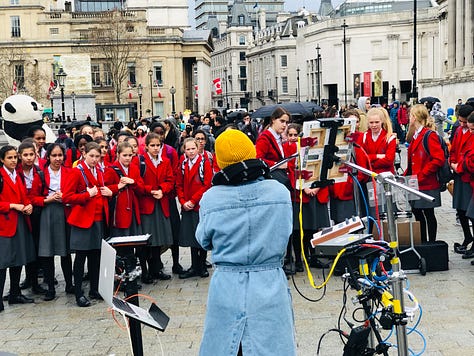
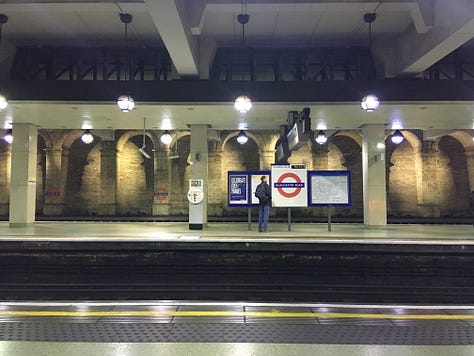

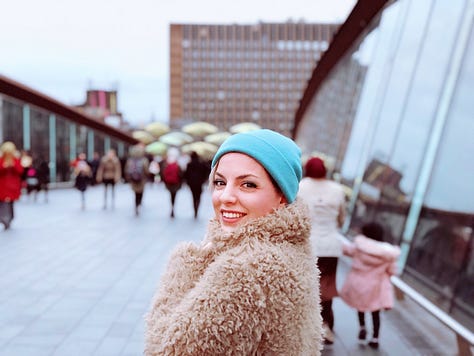
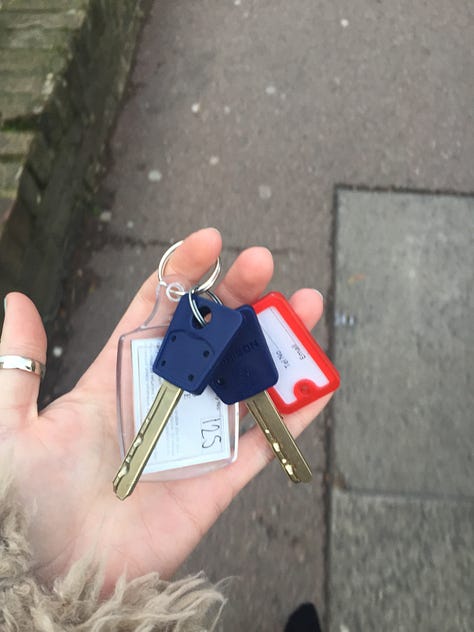


If you can find a clever way to live cheaply, avoid the pitfalls, and make the most of the many opportunities, being an artist in London can be an exhilarating experience you wouldn’t get anywhere else. And I did it for a long time, but you cannot do it forever! Making art in London just isn’t sustainable right now. I have friends in their forties and fifties who are in exactly the same position: still struggling to pay bills, still juggling a million jobs on top of their practice and living under the same roof with 3-7 people. Maybe the problem isn’t generational or how long you’ve been at it; maybe the problem is London. I still love this city, and I still feel part of it, but I am acutely aware that I’m being pushed out, and there’s very little I can do about it. And other friends of mine, students, are now seeking help for their anxiety; they often feel stressed out by debt and financial pressure. UK universities don’t yet have much in the way of endowments or scholarships like those in America; we just have the fees. Witnessing all possible means of support vanish impoverishes our culture and society. It impoverishes the entire city, really.
So what do I do to survive here on the island (another one) as a full time artist?
Part 3 coming soon.
B.

